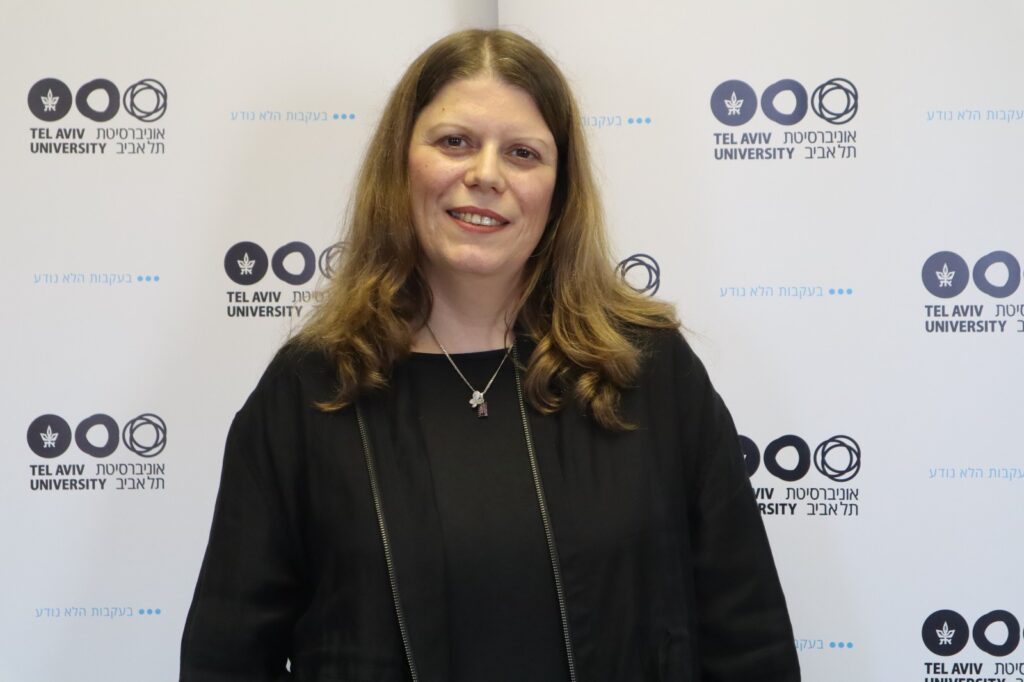There has been a significant rise all over the world in the number of deaths from drowning and other accidents among children whose parents or caregivers have been preoccupied with their smartphones.
Just recently, it was reported that a two-and-a-half-year-old girl in the Israeli southern town of Kiryat Gat tragically died of choking on a lace on her coat when she went down the slide in her day-care center and her caregiver failed to notice her distress because she was busy with her smartphone.
Now a new study from Tel Aviv University (TAU) has found that not only is using one’s smartphone constantly a danger to life, but also to the emotional interaction between mothers and their toddlers and their development.
Dr. Katy Borodkin of the department of communication disorders at the Steyer School of Health Professions at TAU’s Sackler Faculty of Medicine found that such interaction is reduced by a factor of four when the mothers use their smartphones. This could have significant and far-reaching consequences. The results of the new study, which was led by were just published in the top-tier Journal of Child Development under the title “The effects of maternal smartphone use on mother–child interaction.”

The experiment involved 33 mothers of toddlers aged two to three years. The mothers, from middle-high socioeconomic status, were told they had been invited to participate in a study examining the link between the mother’s and the child’s interests. They were asked to perform three tasks – to browse a designated Facebook page and “like” videos and articles that interest them; read printed magazines and mark articles that interest them; and finally, play with the child while the smartphone and magazines were outside the room (uninterrupted free play).
“Our goal was to simulate situations in real life in which the mother has to take care of her child while at the same time devoting some of her attention to her smartphone,” Borodkin explained. “The mothers were unaware of the purpose of the experiment, so they behaved naturally by splitting their interest between the toddlers and the smartphone and magazines. We videotaped all the interactions between the mothers and the toddlers and later scanned the recordings frame by frame in an attempt to quantify the mother-child interaction.”
The researchers defined three components of mother-child interaction. The maternal linguistic input, which is the linguistic content that the mother conveys to the child, was examined first. According to previous research, this is an important predictor of a child’s language development. It has been found in the past, that reduced linguistic input leads to reduced vocabulary in a child, even as an adult.
Next, conversational turns – how interactive the discourse was – were examined. This is a predictor of language and social development, as the child learns that he or she has something to contribute to the interaction as well as the basic social norms of social interactions.
Finally, maternal responsiveness – to what extent the mother responds to child|’s “bid” – was examined. This is a measure of the immediacy of the response and its contingency on the child bid’s content. For example, when the child says “Look, a truck,” there is no comparison between a response such as “Yes, that’s great” and a response such as “Correct, this is a red truck, like the one we saw yesterday.” This measure is the basis for almost every aspect of child development – linguistic, social, emotional and cognitive.
“We found that the three components of mother-child interaction were reduced by a factor of two to four relative to uninterrupted free play, both when the mother was reading printed magazines and browsing on her smartphone,” Borodkin noted. “In other words, the mothers talked up to four times less with their children while they were on their smartphone. They also exchanged fewer conversational turns with the toddler, provided less immediate and content-tailored responses and more often ignored explicit child “bids.” Even when they were able to respond while browsing Facebook, the quality of the response was reduced – the mothers kept their responsiveness to a bare minimum to avoid a complete breakdown in communication with the toddler.”
Equally interesting is the fact that no difference was found between browsing a smartphone and reading magazines. “We did not find that one media distracted more than the other. However, it is clear that we use smartphones much more than any other media, so they pose a significant developmental threat. It should be noted that we currently have no research evidence suggesting an actual effect on child developmental related to the parental use of smartphones, as this is a relatively new phenomenon, but our findings indicate an adverse impact on the foundation of child development. The consequences of inadequate mother-child interaction can be far-reaching.”
Borodkin concluded that “in our current research. we focused on the mothers, but we believe that our findings characterize communication interferences between fathers and their toddlers as well, since the smartphone usage patterns are similar between men and women, thus allowing us to estimate with high probability that the research findings are applicable to fathers and to mothers”.
The shortcode is missing a valid Donation Form ID attribute.



